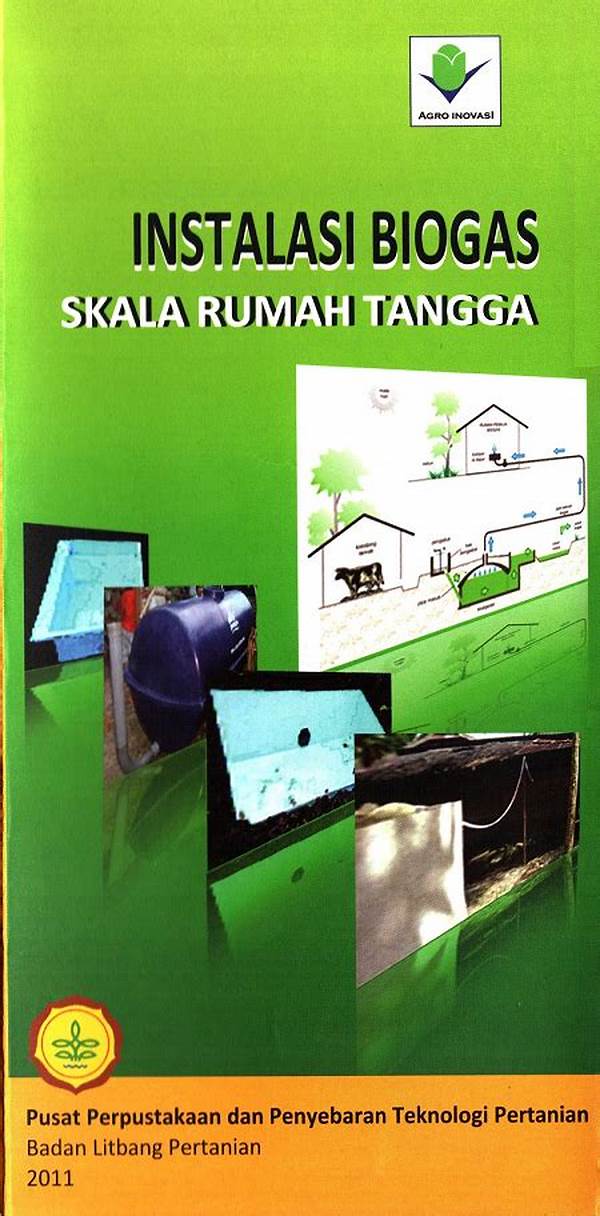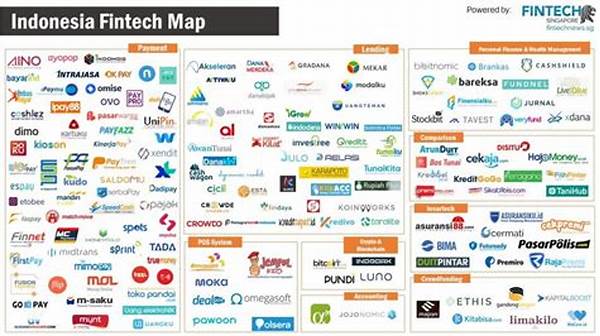multisportsy.id – Di tengah riuhnya persaingan ponsel flagship, hadir sosok baru yang mencuri perhatian yaitu Samsung Galaxy S24 FE. Yup, ponsel ini jadi perbincangan hangat di kalangan pecinta gadget sejak desas-desus perilisannya. Dan sekarang, saatnya kita bedah lebih dalam soal spek Samsung S24 FE yang katanya sih bikin kamu makin betah nge-scroll seharian! Buat kamu yang penasaran sama spek Samsung S24 FE, yuk simak ulasan lengkapnya di bawah ini. Siapa tahu ini adalah ponsel impian yang udah lama kamu cari.
Read More : Gak Perlu Mahal! Ini 6 HP 1 Jutaan Terbaik 2025 yang Bikin Ngiler Spesifikasinya
1. Desain Futuristik, Tipis dan Elegan
Pertama yang langsung menarik perhatian adalah desainnya. Samsung nggak main-main. Samsung Galaxy S24 FE hadir dengan bodi ramping hanya setebal 7,6 mm dan bobot ringan 167 gram. Sentuhan elegannya diperkuat dengan balutan material berkualitas tinggi serta sudut membulat yang enak digenggam.
Layar 6,2 inci beresolusi FHD+ Dynamic AMOLED 2X menyajikan visual tajam dan warna yang hidup. Buat yang suka nonton drama Korea atau ngedit konten video, dijamin puas banget. Ditambah lagi dengan pelindung Corning Gorilla Glass Victus 2, layarnya tahan goresan bahkan buat kamu yang suka ceroboh naruh hp sembarangan.
2. Performa Gahar Didukung AI
Oke, masuk ke dapur pacu. Ini bagian yang sering jadi pertimbangan utama. Dan kabar baiknya, spek Samsung S24 FE gak main-main. Ponsel ini ditenagai oleh chipset Exynos 2400e (4 nm) dengan CPU 10-core dan GPU Xclipse 940 yang powerful. Didukung pula sistem operasi Android 14 berbasis One UI 6.1.
Tak hanya itu, AI juga jadi fitur andalan di ponsel ini. Ada banyak elemen cerdas yang bikin pengalaman multitasking makin nyaman. Fitur Circle to Search misalnya, memudahkan pencarian visual hanya dengan melingkari objek. Pintar banget!
Baca juga: Ini Dia Samsung 4 Jutaan Series yang Bikin Kamu Nggak Percaya, Segini Dapet Apa Aja Sih?
3. Kamera Tajam, Hasil Jepretan Seperti Profesional
Kalau kamu pecinta fotografi mobile, siap-siap jatuh cinta. Kamera belakangnya terdiri dari tiga lensa yaitu:
- 50 MP wide dengan OIS
- 8 MP telephoto dengan 3x optical zoom
- 12 MP ultrawide dengan sudut pandang 123˚
Kamera depannya juga nggak kalah kece, dengan resolusi 10 MP dan dukungan perekaman hingga 4K. Hasil jepretan jernih, detail tajam, dan warna tetap natural bahkan dalam kondisi low light. Cocok banget buat foto candid atau bikin konten reels.
4. Daya Tahan Baterai dan Charging yang Ngebut
Nah, yang satu ini juga penting. Dengan baterai 4700 mAh, Samsung S24 FE mampu bertahan seharian penuh meskipun dipakai buat kerja, main game, dan nonton video sekaligus. Buat urusan nge-charge, ada teknologi 25W wired charging yang bisa isi 50% cuma dalam 30 menit. Nggak cuma itu, tersedia juga 15W wireless charging dan fitur reverse wireless charging yang bisa dipakai buat ngecas perangkat lain. Canggih dan praktis!
5. Konektivitas Lengkap dan Fitur Tambahan
Untuk urusan konektivitas, spek Samsung S24 FE juga juara. Mendukung jaringan 5G, Wi-Fi 6e, Bluetooth 5.3, dan NFC. Ada pula fitur Samsung DeX yang memungkinkan kamu menyulap ponsel jadi desktop mini saat terhubung ke monitor. Cocok banget buat kamu yang sering presentasi atau kerja mobile. Tak ketinggalan, fitur keamanan juga top tier fingerprint di bawah layar, IP68 tahan air dan debu, dan virtual proximity sensing. Semua demi pengalaman pengguna yang makin seamless.
Baca juga: Rekomendasi HP Samsung 5 Jutaan dengan Performa Kencang, Fitur Gahar, Harga Masuk Akal!
6. Harga Samsung S24 FE di Indonesia
Dengan segala fitur canggih tadi, berapa sih harganya? Di Indonesia, Samsung Galaxy S24 FE di banderol mulai dari Rp13.000.000. Ada beberapa pilihan memori juga, mulai dari 128 GB, 256 GB, hingga 512 GB. Tinggal pilih sesuai kebutuhan dan budget kamu.
Kesimpulan
Kalau kamu cari ponsel flagship yang punya performa mantap, kamera mumpuni, layar tajam, dan fitur AI cerdas, Samsung S24 FE wajib masuk wishlist. Spek Samsung S24 FE memang di buat untuk para power user yang butuh kecepatan, ketepatan, dan ketangguhan dalam satu genggaman. Dengan desain premium, dukungan software terbaru, dan harga yang kompetitif, S24 FE jadi salah satu smartphone terbaik di tahun ini.













Leave a Reply